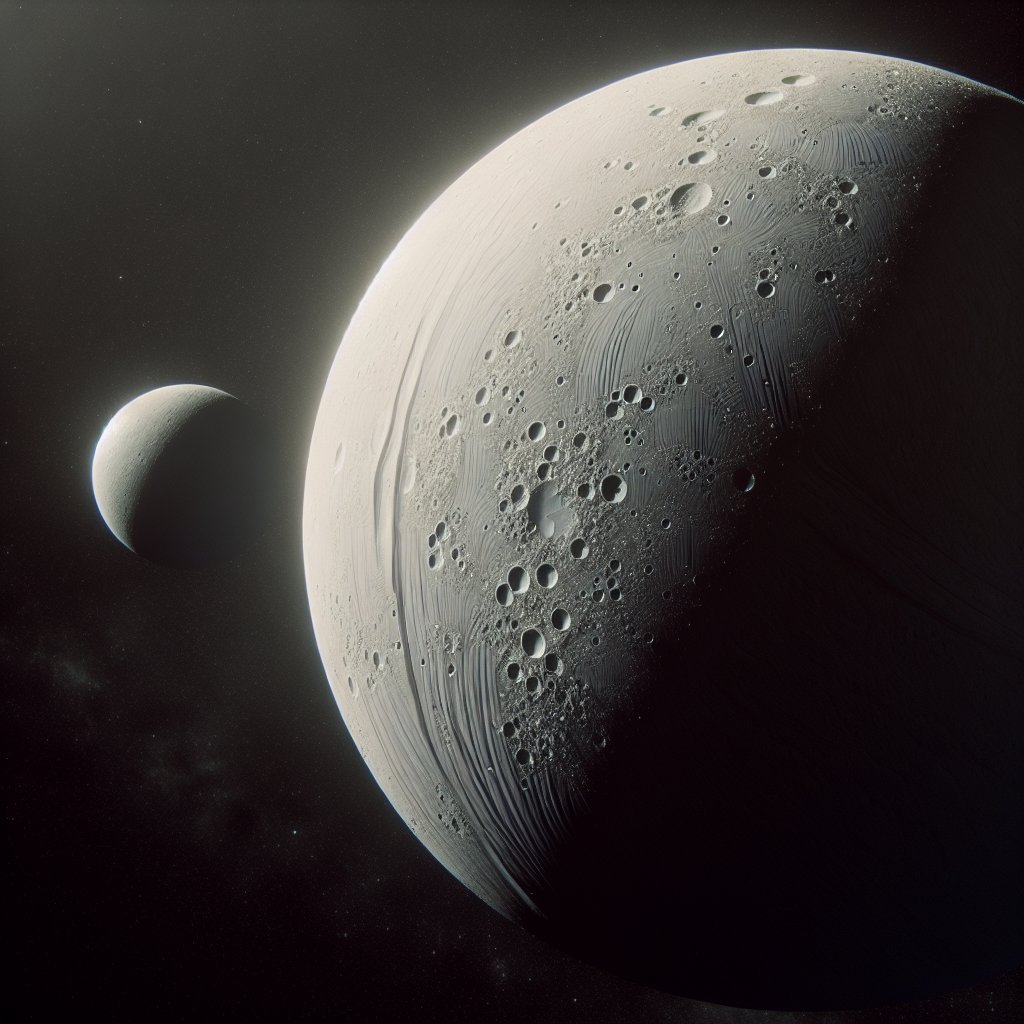Cassini’s Revelations: Unveiling Enceladus
Scientists have been sifting through data from the Cassini spacecraft and have stumbled upon some intriguing findings. Saturn’s moon Enceladus is spewing out complex organic molecules, hinting at dynamic chemical reactions within its hidden ocean. These reactions might be part of a chain leading to even more complex, life-relevant molecules. Published recently in Nature Astronomy, this discovery bolsters the argument for a European Space Agency (ESA) mission to explore Enceladus further. Back in 2005, Cassini first detected signs of an ocean beneath Enceladus’s icy crust. Water jets erupt from cracks near the moon’s south pole, sending ice grains into space. Some fall back, while others join Saturn’s rings, tracing Enceladus’s path.
Lead scientist Nozair Khawaja explains that Cassini continuously sampled Enceladus’s materials as it navigated Saturn’s E ring. The spacecraft identified numerous organic molecules in these grains, including amino acid precursors. However, the ice grains, aged by space radiation, might have altered over time. Fresh samples are crucial for a clearer understanding of Enceladus’s ocean chemistry. Fortunately, Cassini’s 2008 flyby through the moon’s icy spray provided pristine samples, ejected mere minutes before impact with the Cosmic Dust Analyzer (CDA) at a blistering 18 km/s, revealing fresh insights.
The Importance of Speed: Uncovering Hidden Signals
The speed at which these ice grains hit Cassini’s CDA was pivotal. When grains impact at lower speeds, the resulting ice shattering can obscure signals from organic molecules. However, at high speeds, water molecules don’t cluster, allowing previously hidden signals to be detected. Years of knowledge from prior flybys were essential in deciphering this new data. Khawaja’s team has now identified the types of molecules present in these fresh ice grains.
Interestingly, certain organic molecules previously found in Saturn’s E ring were also in these fresh grains, confirming their creation within Enceladus’s ocean. Moreover, the team discovered entirely new molecules never before seen in Enceladus’s ice grains. For the chemistry buffs, newly detected fragments include aliphatic, (hetero)cyclic ester/alkenes, ethers/ethyl, and possibly nitrogen- and oxygen-bearing compounds. On Earth, these molecules participate in chemical reactions leading to life-essential molecules.
The Implications for Life: Enceladus’s Potential
The presence of these organic molecules in Cassini’s data opens up numerous pathways to biologically relevant compounds, suggesting Enceladus might be habitable. Nozair Khawaja remains optimistic about further findings from the data. Co-author Frank Postberg emphasizes that these molecules prove the complex organics detected in Saturn’s E ring are not merely products of space exposure but are abundant within Enceladus’s ocean.
Nicolas Altobelli, ESA Cassini project scientist, expresses excitement over these discoveries, noting their long-term impact on space missions. Comparing Cassini’s data with that from other ESA missions to Saturn and Jupiter’s icy moons promises even more insights. The revelations from Cassini’s mission are invaluable for planning a future ESA mission dedicated to Enceladus, with studies already underway.
Future Missions: The Quest for Life on Enceladus
The potential for life on Enceladus is driving plans for a dedicated ESA mission. This ambitious mission aims to fly through the jets and even land on the moon’s south polar terrain to collect samples. A team of scientists and engineers is already considering modern scientific instruments for the spacecraft. The latest results from the CDA are guiding these decisions.
Enceladus ticks all the boxes for a habitable environment: liquid water, an energy source, specific chemical elements, and complex organic molecules. A mission to directly measure the moon’s surface for signs of life could place Europe at the forefront of Solar System science. As Nozair Khawaja notes, even the absence of life would be a significant discovery, prompting questions about why life isn’t present despite the seemingly perfect conditions.



